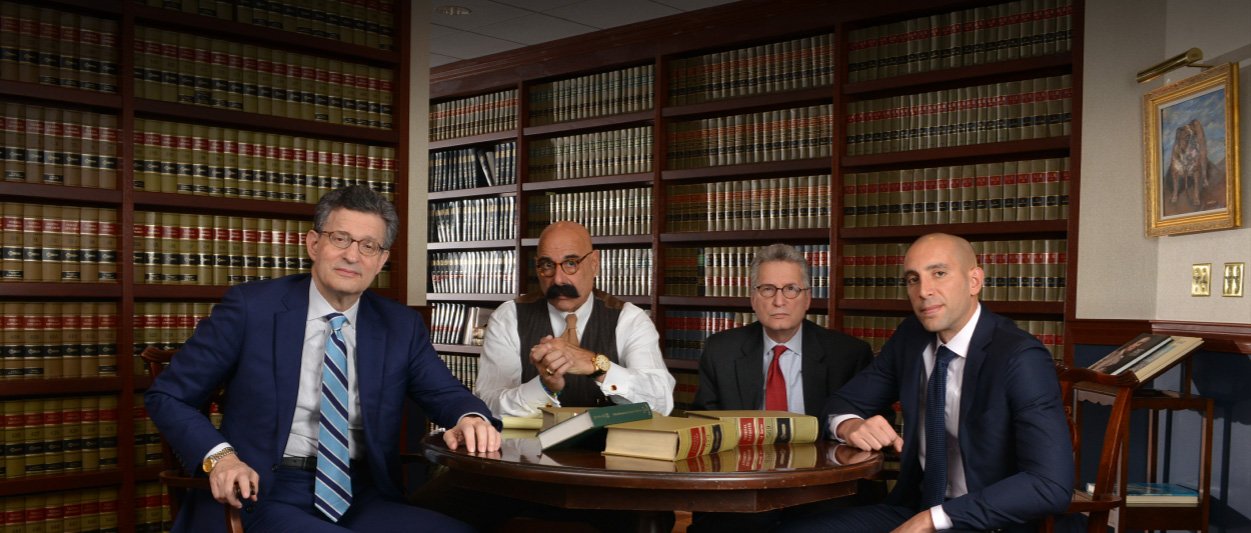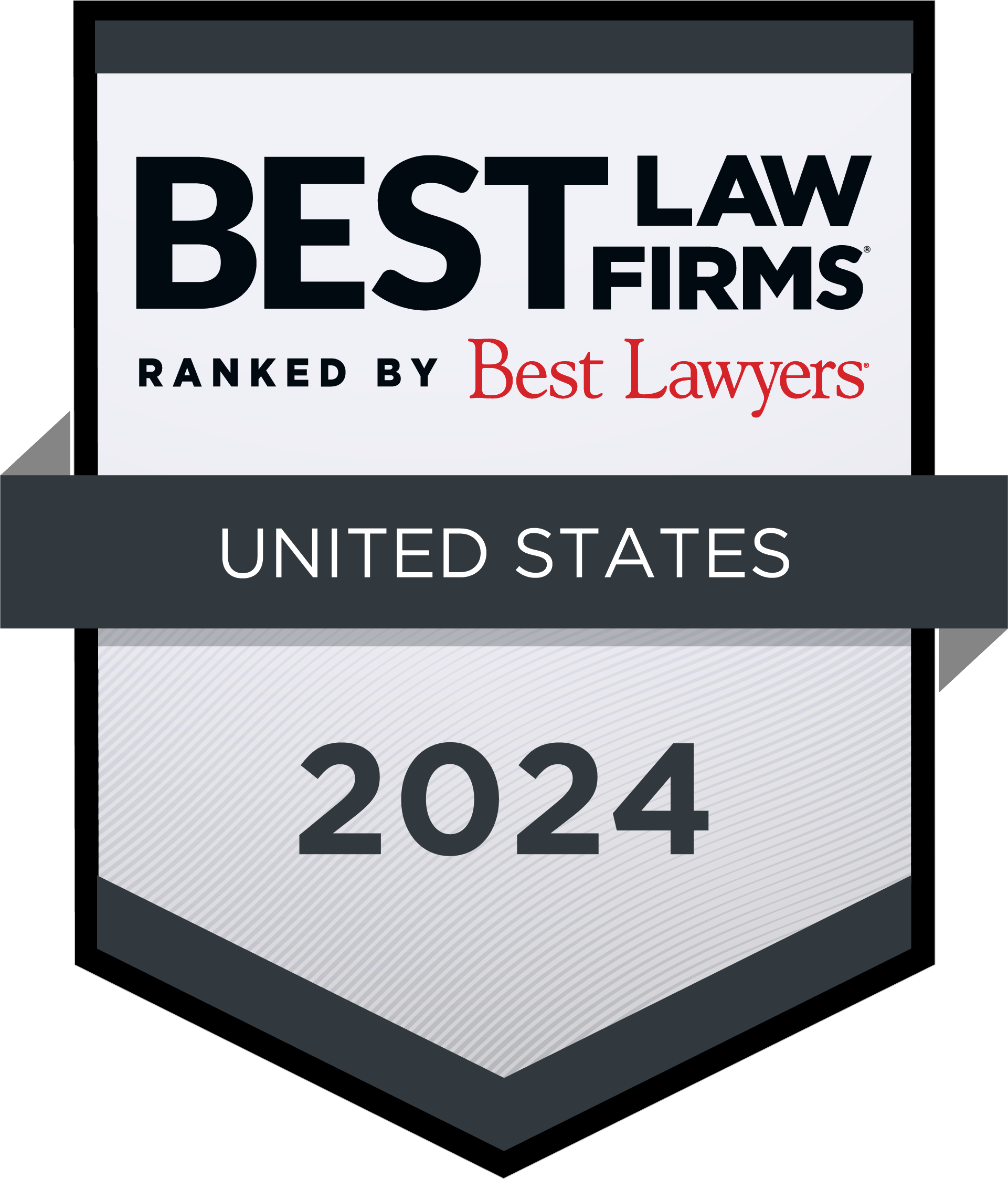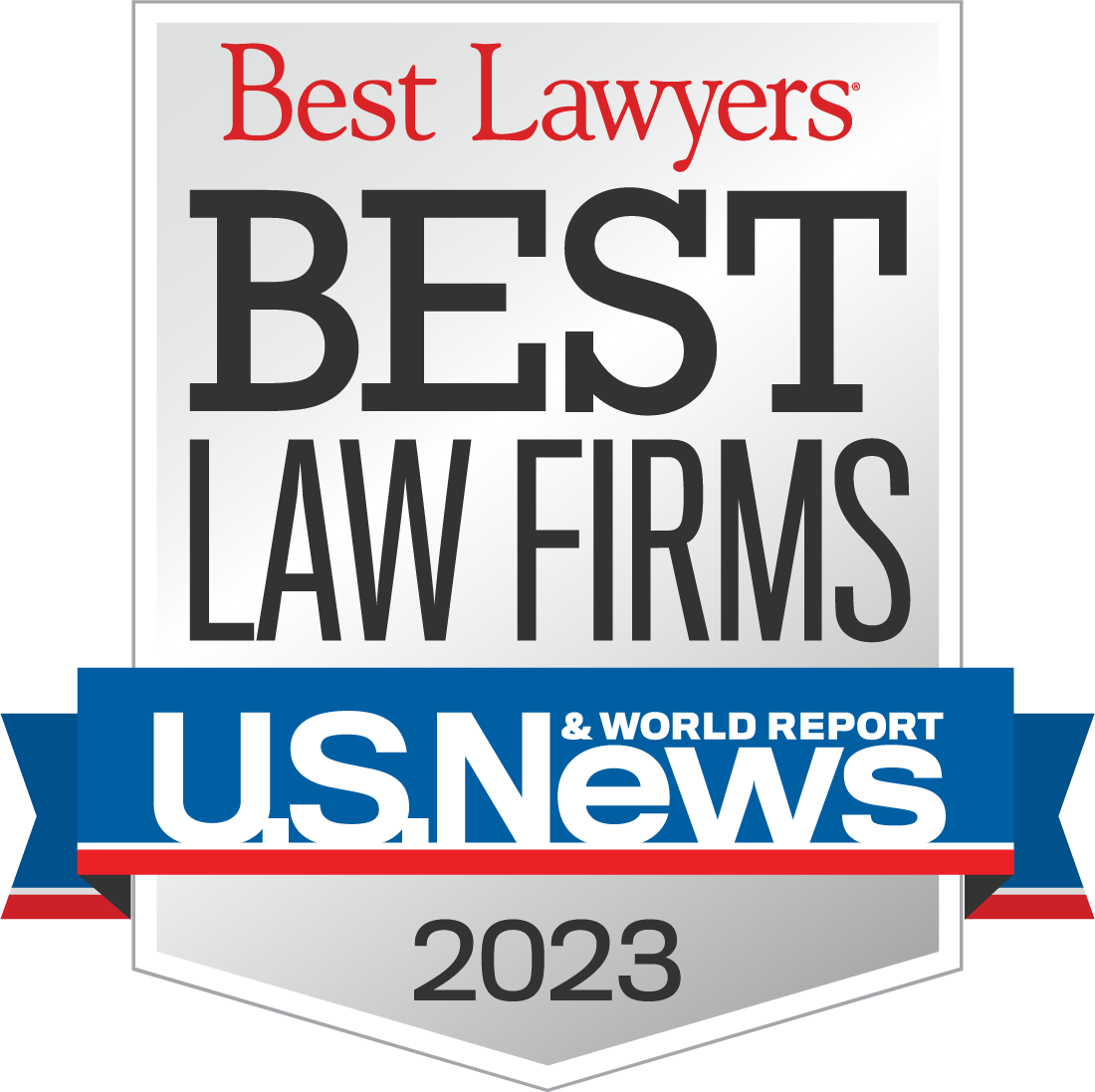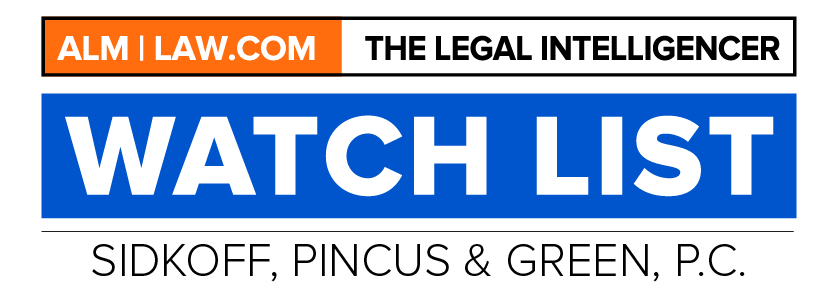Hostile Work Environment Claims under Title VII and the Pennsylvania Human Rights Act
Title VII of the Civil Rights Act of 1964 “makes it unlawful for an employer ‘to discriminate against any individual with respect to his [or her] compensation, terms, conditions, or privileges of employment, because of such individual’s race, color, religion, sex, or national origin.’ ” Kunin v. Sears Roebuck and Co., 175 F.3d 289, 293 (3d Cir.1999), citing 42 U.S.C. § 2000e-2(a)(1). The scope of protection provided by Title VII includes protection against a hostile work environment.
There are five elements that a plaintiff must prove to establish a claim for hostile work environment under Title VII -1) the employee suffered intentional discrimination because of his or her protected class; (2) the discrimination was pervasive or regular; (3) the discrimination detrimentally affected the employee; (4) the discrimination would detrimentally affect a reasonable person of the same race in that position; and (5) the existence of respondeat superior liability. Clark County School Dist. v. Breeden, 532 U.S. 268, 270, 121 S.Ct. 1508, 149 L.Ed.2d 509 (2001); Andrews v. City of Philadelphia, 895 F.2d 1469, 1472 (3d Cir.1990). The same standards apply to the claims raised under the Pennsylvania Human Rights Act(“PHRA”). Jones v. School Dist. of Philadelphia, 198 F.3d 403, 410 (3d Cir.1999).
With respect to the second element, the Supreme Court has made clear that Title VII is not a “general civility code,” Faragher v. City of Boca Raton, 524 U.S. 775, 788, 118 S.Ct. 2275, 141 L.Ed.2d 662 (1998). The Court has also observed that “hostile work environment” harassment must be pervasive or severe enough “to alter the conditions of … employment and create an abusive working environment.” Meritor Sav. Bank. FSB v. Vinson, 477 U.S. 57, 67, 106 S.Ct. 2399, 91 L.Ed.2d 49 (1986), quoting Henson v. City of Dundee, 682 F.2d 897, 904 (11th Cir.1982). The test looks to the totality of the circumstances, including the frequency of the discriminatory conduct, its severity, whether it is physically threatening or humiliating or a mere offensive utterance, and whether it interferes with an employee’s work performance. Harris v. Forklift Systems, Inc., 510 U.S. 17, 21, 114 S.Ct. 367, 126 L.Ed.2d 295 (1993)
The standards governing employer liability for a hostile work environment differ depending on the source of the hostility. Imputing liability for co-worker harassment is grounded in the employer’s direct negligence. Ocheltree v. Scollon Productions, Inc., 335 F.3d 325, 333-34 (4th Cir.2003). Where a co-worker is the source of the hostile environment, “liability exists where the defendant knew or should of known of the harassment and failed to take prompt remedial action.” Kunin, 175 F.3d at 293 (internal citations omitted).













